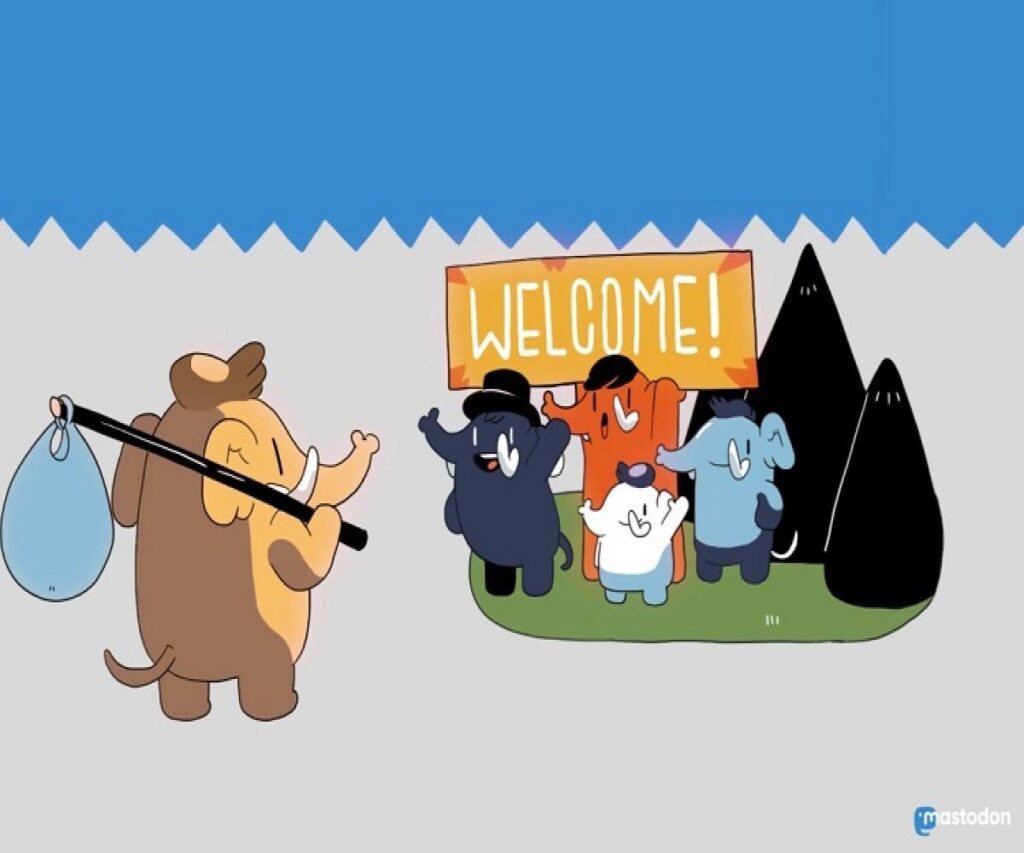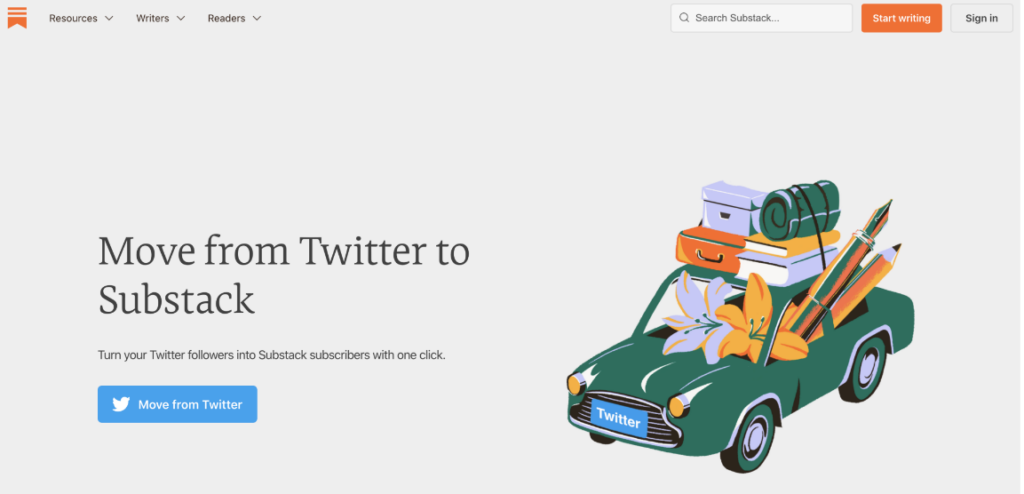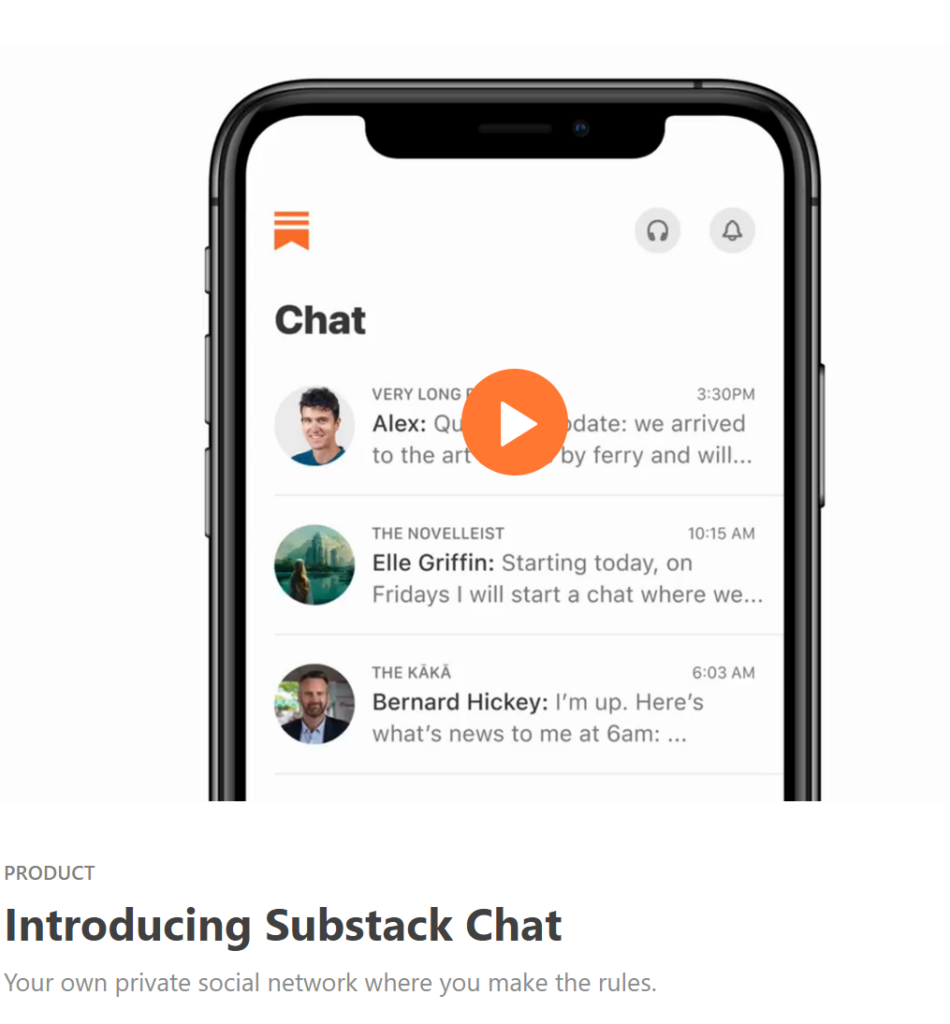
Ever since Elon Musk announced his takeover of Twitter, #GoodbyeTwitter and #TwitterMigration have been trending on the microblogging platform. No surprise, seeing as Musk’s new plans to overhaul content moderation policies and charge users $8 per month for their blue tick have sparked huge controversy over the past weeks.
While some users are still deliberating whether or not to leave the bird app, others have already flown the coop, with celebrities like Ken Olin, Toni Braxton and Shonda Rhimes leading the way.
If you’re also considering moving your account somewhere else, below are a few budding platform alternatives worth considering.
Mastodon

Launched in 2016 by German software developer Eugen Rochko, Mastodon is a free, open-source social media website that looks, at first glance, a lot like Twitter, except there are no ads, and you can actually edit what you post. But the biggest difference is that Mastodon is a federated platform composed of independent instances (servers) owned by different people and organizations, which prevents it from being run at the whim of a single identity. Each server has its own rules and regulations, which makes the user experience much more similar to that of Discord. ““Why choose Mastodon? Mastodon tweeted last week. “Because it’s decentralized and open-source, it can’t be sold and won’t go bankrupt.
“It respects your privacy and gives control over the network to the people. It’s a product on top of a protocol, the way Twitter should have been.”
Mastodon also encourages people to make liberal use of content warnings, which is like a breath of fresh air for those tired of trolls and polarizing rhetoric percolating their feed. So while Twitter descended into chaos last week, interest in Mastodon surged. The very day of Musk’s takeover, Mastodon snatched up 70,000 new users. As of yesterday, it’s grown to 1,028,362 monthly active users.
Substack
Since its 2017 debut, the San Francisco-based newsletter platform has been widely regarded as a haven for writers, bloggers and journalists, aka, people who have plenty to say and who actually bother to read. But recently, the company has been trying to reposition itself as a Twitter alternative, openly courting disillusioned Twitter fans by setting up a page to help users move their Twitter following to Substack.

In a blog post published last week, Substack co-founder and chief writing officer Hamish McKenzie stated: “It’s time to move beyond the era of Big Social using platform lock-in and attention traps to monopolize our minds. We shouldn’t need to fret so much about a dictator holding dominion over a vast digital media empire. The power should reside with the people. The power should reside with you.”
Moreover, this statement was quickly followed by the unveiling of a new discussion feature, Substack Chat, which allows writers, podcasters and other creators on Substack to communicate directly with their audiences, encouraging frequent conversations and the blossoming of closer communities.

Substack Chat is currently only available via the iOS app, though the company says the feature is rolling out gradually with both Web and Android to follow.
Cohost

Launched in February, Cohost is a website that promises “no ads, no tracking, no algorithms”. Sounds nice, right? But since the app version is still under development, it’s only available on desktop at the moment, and anyone without an invite code will have to wait a day or two before being able to post. Once you start poking around however, you’ll discover that this nascent social platform has a certain nostalgic charm to it. The interface bears great resemblance to that of 90s forums, but with a slew of innovative features, including the integration of clickable, CSS posts, which has led to an explosion of creativity that the cohost community has dubbed “CSS crimes”.
Following the #interactables hashtag on cohost is like falling down a rabbit hole– a bizarre yet fascinating journey during which you’ll likely chance upon a WarioWare mug-catching game, an interactive Habbo tribute, magnetic fridge poetry, and even a playable Game Boy Color.
“Modern social media is designed around a vicious feedback loop that keeps users engaged at the expense of their mental health, all in order to make their executives more money.” Declares Cohost on its homepage.
“We aren’t the ones providing the most important part of cohost — you are. Cohost exists to give you ways to express yourself and stay in touch with your friends.”